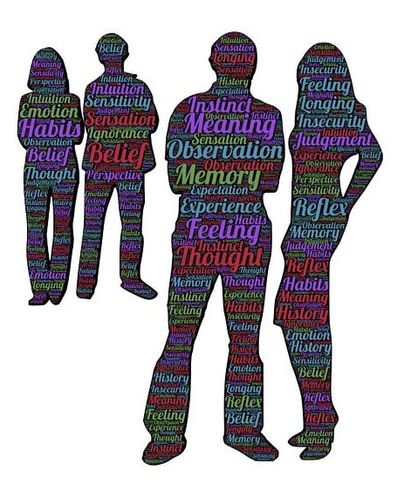 PSYCHOLOGICAL ABUSE IN RELATIONSHIPS STARTS WITH COERCION The term ‘Abuse’ is marked by the 'prolonged and repeated' use of fear, control and coercion to get an 'egoic' need met. An egoic need, it is something ‘we think we need’ and often results in a strategy of defending an ideology or belief; putting up walls of judgement and defence, instead of connecting to ourselves or others with empathy. For instance, the simple belief that ‘I am right’ might close the mind to hearing other perspectives and opinions. Or a belief that ‘I am trapped’ for example, might lead one to trap others as a form of feeling less trapped themselves - particularly in their relationships. Addressing and changing these types of beliefs and behaviours is part of why we engage in relationships and. Growth within healthy relating, happens through skillful communication. If behaviours of coercion or control persist, without consent one could label it as abuse. MINDFUL AWARENESS - WE DO IT TO OURSELVES Some internal beliefs get stuck through being unaware of them. Mindfulness invites us to recognise the mind/body and gradually increase our awareness of the Sensations, Emotions, Impulses and Thoughts (SITE). This can help us to recognise our internal beliefs and respond to them - to reshape them without violence. With this level of awareness any internal stress reaction or external coercive behaviour can be more easily recognised early. By positive I mean one that generates an outcome that is beneficial to all, like a kind and honest conversation. COERCION VS CONSENT + COMMUNICATIION The opposite of coercion is respectful consent - the voluntary giving of one's time, energy and attention. I often say that my acronym for L.O.V.E is to ‘Let One Voluntarily Express’. It starts within each of us, to notice and allow own internal mind stuff to be there, without knee-jerk reaction of suppression or projection. We can then more effectively investigate it, understand it and either 'let it be' or change it gradually, without violence. This makes it easier to allow other people to express themselves and creates space for both people to 'be' (themselves) and see any coercive behaviour early. Skillful communication comes with honest 'yes's' & ‘no's’ (boundaries) A 'no ' needn't mean complete rejection and can still make it likely for a win-win situation to occur, because it is honest. Real intimacy happens through sensitive and courageous honesty; allowing relationships to become even more beautiful because of the flaws and vulnerability involved in letting go of control. It can see very scary to do these things, at first. "One had to cram all this stuff into one's mind for the examinations, whether one liked it or not. This coercion had such a deterring effect on me that, after I had passed the final examination, I found the consideration of any scientific problems distasteful to me for an entire year."  WE ARE ALL ABUSED AND ABUSERS All of us have been too under-resourced (of time/energy/awareness) at times, to deal with the internal stress responses and be aware of deeper feelings. There might be a feeling of insecurity. In this state we sometimes forget that we don’t need external validation to be 'ok' and we might begin to use coercion to get it, even on those close to us. On the receiving end, if we then do things that the body doesn’t want it can cause pain and damages our own self-trust, as well as the relationship trust. Sometimes one might then blame the other as ‘abusive’ or label ourselves as ‘a victim of abuse’. It is important that we ARE allowed to do that, so that we can seek help and/or retreat and protect ourselves in the first instance and gain perspective. The danger comes in dwelling in a place of stress reactions, including blame and shame, without noticing our belief patterns and the truth of them, thereby developing internal patterns of abuse, such as these: 1. Initially one shuts down emotions and disconnects from bodily senses. Numbing the pain ‘seems’ better - but of course pain is your body’s way of telling you ‘no’. We let fear and expectations rule our responses more often than listening to the body and responding with respect. 2. With repetition gradual conditioning occurs, rewiring the brain for external validation. We do this to ourselves and each other by repeatedly overriding the body without taking time to understand the true source, One might get a misunderstanding that the source of pain is external, and seek to rescue ourselves by trying to appease an abuser or get approval externally. 3. One develops craving and addiction (or co-dependence) to the role or the ways of relating/thinking, or even to a abusive person. When this role/relationship is threatened life can suddenly feel terrifying. Feelings of fear, anxiety, abandonment and hopelessness can occur - this pain and confusion is because one’s safety has become associated with the role and relationship. 4. One becomes a passive ‘doormat’ and unconsciously feeds the abusive pattern. Eventually the addiction becomes normal and familiar. We seek out relationships that supply similar behaviour. The neurological pathway of that pattern is well used, and becomes like a slide back to the negative behaviour. Humans like ease, familiarity and certainty, because it takes less energy and helps them feel safe. 5. Fatigue sets in, through holding unconscious resentment and fear/distrust. Without awareness of the true source of pain hopeless beliefs emerge and these sap vital energy. The fear underneath is held as tension in the body and anger in the mind and will eventually emerge, often violently, if not dealt with as early as possible. This is the body’s way of defending itself, but it’s a risky strategy for physical and mental health for everyone involved. Long term tension is destructive. 6. Eventually one loses / forgets one's deeper identity as a beautiful and inherently valuable being. When we are conditioned to identify as hopeless we may think we ‘deserve’ the abuse / pain. This is deep shame; humiliation or distress at one's own condition or existence. Toxic beliefs of ‘I’m not good enough’ or ‘I’m a liability’ can become normal. This can lead to depression, chronic anxiety, panic attacks and even homicide or suicide. 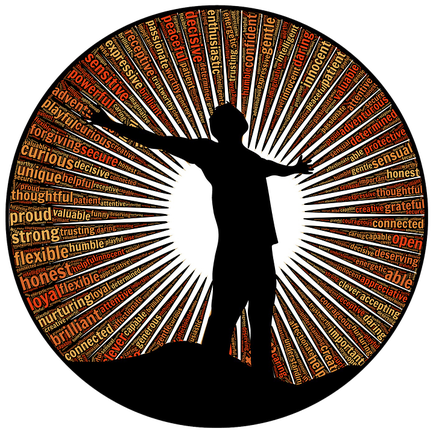 IT TAKES COURAGE TO LET GO OF BLAME AND CHANGE SOMETHING I’ve seen people emerge from the depths of this shame-blame cycle to recover and become resilient, happy individuals with healthy relationships. This article is not concerned with ‘who’ is at fault, but is interested in helping each of us recognise our potential to help ourselves and one another. We can trace the origins of abuse back thousands of years and never get to the source at fault, because the source is always ourselves. Alan Watt’s calls this “The Birth of Responsibility” - seeing that hurt people, without mindfulness and love, always hurt other people, and we can only change that by working on ourselves first. I’ve laid out some ways to do that here: 1. Gradually raise awareness of emotions through regular check-ins and diary entries. Regular Guided Meditation is a great way of tuning in, especially if you are out of practice. It also may help you realise your current needs (like rest) and then you can plan to meet them. Once you are aware of needs and emotions, expressing them is the next step - releasing tension is important. Find healthy catharsis for the emotions. Eg, for anger try a ‘hand scream’ or a ‘fuck-this’ meditation. To promote calm try conscious breathing and create some space for perspective in your day, even if that is only 1 minute, to FLIT between tasks - take a mindful moment to breathe and listen in. Writing things down has helped me and many others understand themselves. It may be painful and messy at first, as we become more aware of the pain. With time and acceptance we can change. 2. Reaffirm to yourself that you’re enough and you’re OK. Silence can sometimes make the negative voices and beliefs even louder and stronger, at first. Find ways to give yourself affirmation - ways where you really feel it, without the need of another. Imaginative Meditations like Metta Bhavana (Loving Kindness) is one method. The STOP technique can help you find a balanced truth and the NOD technique may help you reconnect to an image of yourself/your future that feels positive and helpful. 3. Educate yourself of the drama triangle roles you play. Simply ask yourself 'what role am I playing right now?' and then continue to play it, whilst observing with humour and interest. Awareness and allowing is enough to relax one’s hold of the masks one wears and projects onto others. Gradually this will help us let go of the game of ‘name, blame & shame’ and the pattern of ‘hurt people hurting people’. It will create beauty and stop us feeding the drama of victim-critic-rescuer roles. I learned this from Fooling - the recognition that we are all fools and that’s OK. Let’s make the pretence conscious and be interested in our mind’s coping mechanisms. 4. Notice addictions/patterns, and yield to them mindfully, whilst processing them. Instead of shutting them down (which is very tiring, because it takes willpower), experiment with them - go into them consciously to really feel what it is like to experience them. Take your time. Afterwards feel the aftermath, ask yourself if this pattern of behaviour and underlying beliefs serve you. Use the NOW process to then resolve a new way forward. Feel this fully too. By recognising the triggers of the TRAP we can then use other tools like ‘Mental Contrasting’ and ‘RE-ANCHORing’ to overcome addictions mentally, with loving repetition. 5. Enforce one's boundaries. Say no often! A vital skill that can only be learned by experience. Saying no will allow you to get space and perspective, to distinguish your feelings from your judgements and projections. If this feels terrifying try practicing outside of your normal relationships first, as detailed in rejectiontherapy.com. Ask for things from friends or strangers. See what it's like to receive honest answers, including rejections. Getting and giving a ‘no’ is often not as bad as one thinks it is - try it! This will help you give healthy boundaries within your relationships. You can always change your mind. And finally, perhaps most importantly...  6. Share yourself - ask for help or talk to a trusted friend. If you feel deeply lost in shame then using these tools with another person’s help greatly increase their effectiveness. When we are lost in confusion it often helps to have an outside perspective. When our pain is witnessed, with openness and kindness, it often helps us to accept ourselves and let go of it. Seeking professional help is always an act of self-love. At the very least seeking a trusted friend to confide in, because pain shared is pain halved and happiness shared is happiness squared! Abuse resource - if you need urgent help. 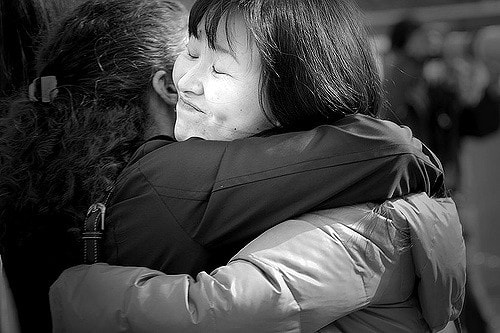 Hugging usually helps! Hugging usually helps! The psycology of abuse from Psychology-Today states: “Here's the thing. It all comes back to us, to our responsibility and accountability. But, in this case, it comes back to responsibility to ourselves and accountability to ourselves. Instead of just riding the wave, if we choose to mindfully examine the nature of our relationships and make a determination of what is acceptable and not acceptable to us, of what feeds us, rather than bleeds us, then we are living, and loving, authentically and with mindful awareness.” I hope you enjoy these tools and if you are noticing that you are falling into the trap of coercion or abuse come and see me for 1-1 guidance and get yourself out of the negative pattern, with love. Neil@positively-mindful.com "Truth resides in every human heart, I work with many varied clients, some who experience abuse. My personal and professional relationships have been varied and often involved low level coercion. This has all helped me grow in wisdom. Some of this growth has been painful. I have sometimes misunderstood the pain in relationships and become confused and stressed, reacting with blame and I've learned from those experiences, to communicate better and become more aware of what's happening in me.
I propose that our primary relationship and source of wisdom is actually within ourselves and we become most reactive at our own stress-induced thoughts. The base reactions are known as ‘Fight, Flight, Freeze’ and Appease. One tactic of these stress-reactive states is ‘coercion’ (from Latin coercere ‘restrain’, from co- ‘together’ + arcere ‘restrain’). A stressed mind that fails to meet a need through coercion may escalate to more violent forms of defence and control (like physical abuse) which is not discussed here. This article seeks to raise awareness, so that early stages of internal and external coercion can be resolved and transformed away from stress, blame and shame and into awareness, wisdom and intimacy.
4 Comments
As the Part 1 said - Fear manifests as resistance and resistance is the body’s natural response to pain. Apathy, distraction, procrastination and confusion are all tools of resistance, designed to stop us from facing the truth and doing our work. Somewhere in our subconscious we have associated work with ‘pain’, so now we procrastinate, to avoid the pain. But why have we made this association in the first place and how can we overcome it? We will address these questions, later, but let’s start by addressing the issue at hand - overcoming procrastination, here and now. QUICK FIXES If we are procrastinating then we are leaking energy and time. It’s like we are a ship in a storm - with lot’s of holes because some of the boards on the hull don’t align - we are leaking and becoming heavy. If we’ve been really disorganised or a disaster has struck, then the ship might even be on fire. This is like when you have a series of ‘really urgent’ things getting in the way of your longer-term fulling work. Those things you will just need to deal with - as my friend Tom Robinson used to say:: “Run towards the fire” which I later found out came from the last page of the book: Salty Dog, by Gloria Rand.  A leak somewhere? A leak somewhere? PATCH IT But then there are times where the problems are not apparent. Your ship is ok, but you are confused, procrastinating and adrift - slowly letting on water. This is almost more dangerous than a fire, because it will sneak up on you. Quick fixes are needed to address this leaky ship - patches. Tape them to your desk or just use them now. It helps to have a to-do list and know roughly what one wants to do. (if you don’t, check my links at the bottom.) Here are my top 3: 1. Set a timer and turn off distractions. At the start of your work time set a timer, get focused on the task at hand - even if that task is writing your to-do list. Set 25 minutes. Turn off your devices and distractions for that time and just do one thing. Then, when 25 minutes is done, progress to no.2. 2. Next, get up and FLIT to something else for 5 minutes, regularly. Flitting is what hummingbirds do - (and I like to imagine a repair team flitting between repairs on the ship) skillfully and gracefully moving and changing location, easily and calmly, looking up every now and then to survey the situation. Be like this. Get off your bum, come away from the desk and practice this simple thing. BE STRICT - don’t cheat yourself by turning the timer off. Just get up now and try this. FLIT stands for:
This process involves first moving into your senses - to allow a reset between jobs. Moving your attention consciously from analysing to being, which resets the mind and places a punctuation between work and rest. Make sure you do this, exactly when the timer goes off, don’t put it off, even for a minute - get into the habit of standing up and doing a FLIT. It is often better to put something down whilst in the middle of it - so you will have motivation to come back and so that when you come back you can connect again easily. You may find you have to overlap your work, so you revisit the start of a chapter or take a minute to survey where you were - this is also very healthy, as it promotes wider awareness. This whole practice lubricates your ability to slip between work/rest states and stay in flow. Longer, smoother breaths, witha clear focus has been proven to calm the nervous system and longer outbreaths reduce CO2, further calming the body. Do this regularly and your stress levels stay balanced and you think clearer. This 45 minute video explains. 3. Take a single, tiny step. If you are finding this hard or overwhelming th that is because you are facing a seemingly ‘big’ task (like fixing the whole sinking ship) it can be daunting and starting is always the hardest part, so when you come back to work just commit to doing 2 minutes of something - a ‘tiny’ task! Do it solidly for two minutes (write one page, email one email, call one client). At the end of that congratulate yourself and tick the item. Celebrate and then do it again… this might get the ball rolling. This is a trick of the mind to overcome the starting energy. If the mind associates only 2 minutes of pain it will be more able to handle it than 2 hours of writing your thesis and trying to complete it this week! Just commit to 2 minutes - then celebrate! You will be making progress, just keep going. “The journey of a thousand miles begins with a single step.” - Lao Tzu Turning off distractions in work mode is a big help; turn off all phone/email/facebook notifications for each 25 minutes segment. This is focused work time. Remove all distractions possible for these short chunks. If you are worried that people expect an immediate response, you can add a signature line to your email, informing you only check emails 3 times a day. This focuses you and seals some of the energy leaks. You can even measure your time in these 25 minute chunks and this is known as the pomodoro technique. Doing less and achieving more is all part of mindfulness.  YOU ARE OK Before we continue, a caveat. All of this is, of course, all a metaphor. I want you to understand that you are perfect as you are - you are growing and learning, but you are already a success, because you made it here to enjoy the human experience. Nonetheless, we all have a play to take part in, if we wish to, a journey that we can choose to undergo. Our minds like to think in analogy, metaphor and story, so I have presented these ideas to help you (and myself) out to get a handle on your life and start to consciously steer the ship, if you want to. These tools might give you that ability faster. Caveat over. BECOMING SHIPSHAPE If we have a struggling ship and you have been in rough seas for a while then you need to get that ship into a safe harbour so that we can look at it without the bombarding waves of your everyday demands. Then we can address the long-term questions like ‘where we are going?’ and ‘why?’ (bringing associations and values to our conscious awareness), train your crew (embedding healthy associations via routines), build up resources and tools (preparing for the long voyage) and connect with others, who might be able to help next time (building a support network). This may take time, so allowing for this introspection an hour in your day, or a few hours each week may be the starting point. If you can dedicate several hours over a weekend - get out of the house and treat yourself to this, it could be really beneficial. I’ll cover this more in Part 3: Preparing to voyage. PROCRASTINATION: HIDING FROM PAIN Before that it is important to think about the sources of our procrastination - which are mainly: our self- beliefs, worldview and associations & values. All your current habits and addictions are not the source of your procrastination - they are the symptom. In a very psychoanalytic way, let me explain; PAINFUL ASSOCIATIONS Growing up we learn to notice the sources of pain by looking for consistency in the things we were doing or thinking at that specific moment that we felt it (or leading up to it). We make associations from those observations. However, the severity of the pain combined with less awareness and coping resources (like that of a child) can lead us to draw conclusions faster, in a more confused way. If we can’t recognize the source of the pain then we might panic and make a rash association, which, until disproven, will create fearful internal reactions of tension around the object of our association. A good example of this is is a ‘phobia’, which is ‘a disproportionate internal fear response to something’, like if a child feels in danger when experiencing a confined space. This could potentially lead to claustrophobia in a later stage of life - and avoid small spaces. It is even more complex with the nuances of fear that lead us to procrastinate from our cherished work.
In one of m.y classes I run an exercise in mindfulness I call 'GRAPE-FULNESS' and 'ORANG-INS' of things: Appreciation, through seeing, tasting and appreciating the origins and effort that is embodied in something as simple as a grape or an orange. We take time to appreciate where something came from, how many hours and work and people went into delivering it to my mouth. Then we savour the thing - taste it, explore its textures and notice how we feel before-during-and after the experience. This can create natural, un-forced gratitude - a lovely state of mind to be in. I love how when we delve into the origins of things we discover new things we never saw before. The same is true for words. I love the etymology of language. Our language of words is our main way to communicate and there are two quotes that remind me why it’s so important to appreciater and be conscious of the words I use, and how I think about them
These point towards how valuable it is to examine our language and our self-talk. The voices in your head and the words you say to others. This morning I had another revelation - and I’m excited. I teach mindfulness and dance. There are four types of connection in dance, as well as dance as a metaphor for life: CONNECTIONS
I first was turned onto these ideas by Justin Riley - a dance teacher from the USA who teaches that dance is a form of connection - which is what we are all seeking - but if done consciously, in this order, can ensure our dances feel great! LANGUAGE When I look at some of these words I love the hidden meanings I glean and how they relate to meditation, to the simple things we need and do and then the whole of life. Here I've explored the latin root of some of the key elements of good connections:
As Brene Brown says: Your power is actually in your vulnerability. Let yourself be seen as the imperfect being you are and you can discover a new level of appreciation, even for things that seem unpleasant. CHOICE Whatever you choose to Connect (bind with) to; whatever words you use - if you do so with conscience, contact, confidence, contribution and adventure you will probably find the dance of life flows well and is fun. You always have a choice to speak the words you 'want' and to notice how you are interpreting something you see and hear - and decide if you want to focus on and maintain that thought, or if you want to explore other ideas, perhaps ones that bring less stress, more gratitude, appreciation and connection to the things you love. Therefore mindfulness of language is not only important as I mentioned in this blog, but also fun and can help reveal different ways of looking at anything! Enjoy! x Mindful communication is something I'm passionate about. It's much more than language - but that's a part of it. Interested. Come along to the workshop!
Life is a play, a game, of sorts. In this blog we look at a concept called the Drama Triangle - a game which we all play - and I see this as kind of like 'Level 1' of the game of life. Here I'll explain that and also my ideas on changing the game to Level 2, with Playfulness and Presence! This short video explains it well, and looks at the level 2 game, Presence: Explained: The drama triangle is a social model of human interaction – the triangle maps a type of destructive interaction that can occur between people in conflict. It was first created by Stephen Karpman, M.D., a student studying under Eric Berne, M.D., the father of transactional analysis. It was later revised with the addition of ‘The Winner's Triangle’ by Acey Choy in 1990 and then by David Emerald (2009).in his book ‘The Power of TED (The Empowerment Dynamic). Basically it’s the idea that when we are acting out in life - when we are in drama - we all choose roles, and we switch roles rapidly. These 'scripts' are encouraged in modern society, which is based on 'justice'. These are the roles of:
We can imagine it a bit like in a courtroom - where the drama is played out and everyone has the intention of claiming they are the hardest done (right) by and that others are wrong. Hence it is a victim-blame-game. Ultimately we all claim to be the victim. So I’ve been using Choy and Emerald's models, but with my own twist, to help people raise awareness of these roles and then figure out ways to move away from the Drama triangle, without completely disengaging with people or problems. I call it the 'Presence Triangle' - a game of connection! That name was inspired by the fantastic video at the top. My diagram below shows how it works: Moving to Level 2 In the same way that you can’t fight emotions with thinking, you can’t fight drama with diagnosis, defence, or distrust - it all starts with stopping the reactivity and doing one (or more) of these things:
These shift you away from the negative thoughts and into the body. Into Presence. We can then move towards these roles, in which we all take personal responsibility for the choice:
But all of that will be for nothing if the intention behind it is resentment, trying to change, educate, fix or disprove - then there is no natural compassion and we will slip back into Drama. My belief about the intentions required to ‘really’ connect fit nicely into the acronym: LET GO & BE, which is also what we are doing! We are letting go of the results and allowing people to be, exactly as they are, including ourself. We can practice these intentions to cultivate natural connection. I know this ‘allowing’ seems counter-productive at first, but as Nathaniel Branden said: “The first step toward change is awareness. The second step is acceptance.” Are you able to LET GO & BE?
You may notice I also put 'parent 1 and 2'. That's because this is a lot like being in a parental role, where one is often rescuing and the other putting the child down. When we think of healthy ways to raise children and make human connections we want to have the intentions of: Love – love, in my opinion is both a feeling and a verb. Love is ‘acceptance’ and a ‘willingness to experience’ - to act in accordance with internal motivation, but not based in fear. Can you love your enemies and yourself? Empathy – The ability to understand and share the feelings of another. Empathy comes from understanding that we are all interconnected beings and that what I do to you I eventually do to myself. Therefore empathy is feeling for and with someone else. Trust – Confidence that people are whole, growing beings, not needing fixing - a belief that we are all unique creators.This breeds confidence and empowerment. I also trust that everything is working out as it should. It's okay, I'm okay, you're okay. Gratitude – Instead of wanting and needing that which I don't have, I remain thankful for everything I have been given and received. This feels amazing and enables me to act positively; understanding that honesty in relationships is a gift that helps you to grow. Ownership – I understand that only I am responsible for my thoughts, feelings and actions. I understand this may have an influence on the world and so with great power comes great responsibility. I own my own power and use it wisely not seeking to blame others, be a victim, or rescue others unnecessarily. Boundaries – Your ‘yes’ and ‘no’s. What you decide you want or don’t want for yourself, or to be a part of. Without boundaries we burn out in empathy or violate one another. I understand my physical boundaries and set my own emotional boundaries. I take time to feel into what is a yes and a no for me and communicate them clearly and honestly. Expression - The last part is to express yourself, honestly and sensitively, without attachment to the outcome, but with care and consideration of feelings and needs - both yours and the other persons, yet also expressing honestly. This is not possible without practice and first taking the time to 'feel into it'. Summary That’s a lot of information, which is why it is much easier, after finishing this Blog (well done for getting this far) to just remember to LET GO & BE - if you find yourself sucked into the Drama triangle, try having a jiggle, taking a breath, gently asking a question and then listening! I think you’ll find a lot more connection and end up playing a different game - where everyone wins! Because there is another option, beyond right and wrong. It's called being (human). |
AuthorsNeil Morbey is a meditation teacher, group facilitator and inspiration guide for Positively-Mindful.com Blog Index
Archives
April 2024
|
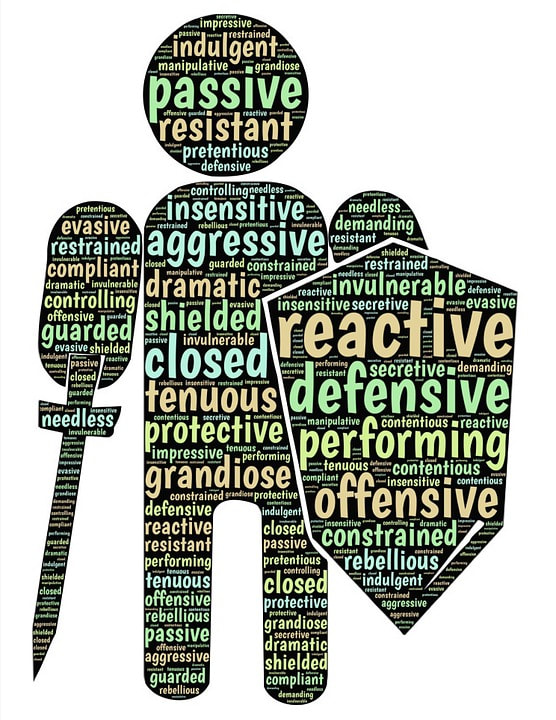

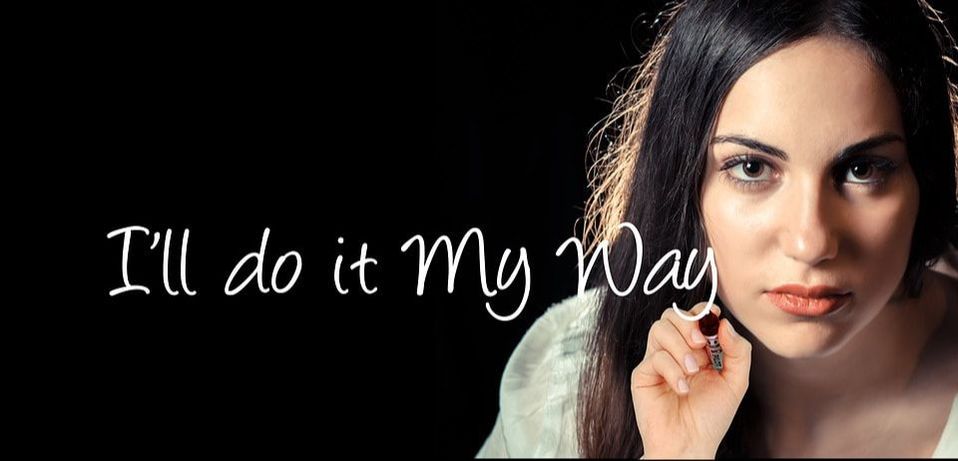
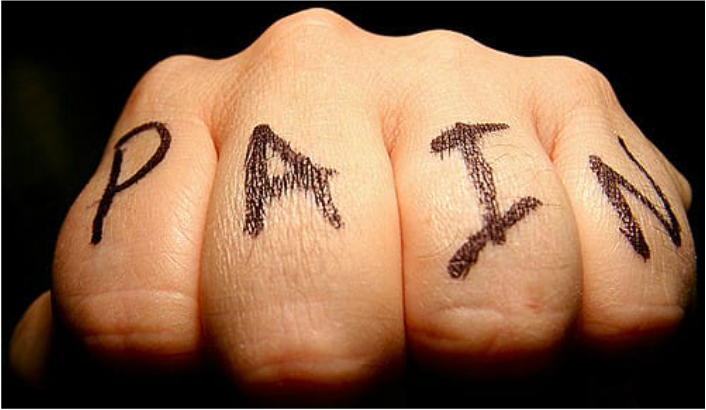


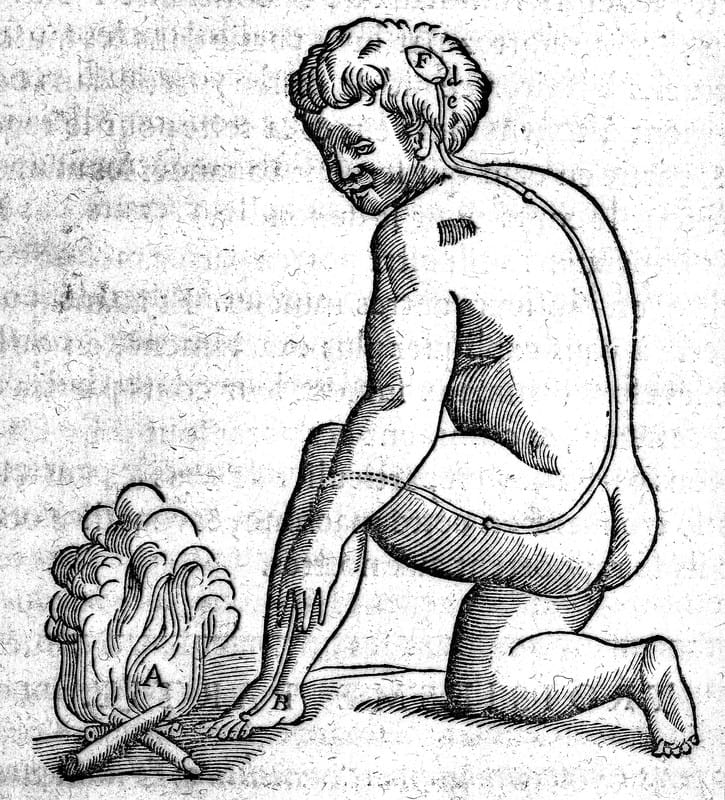

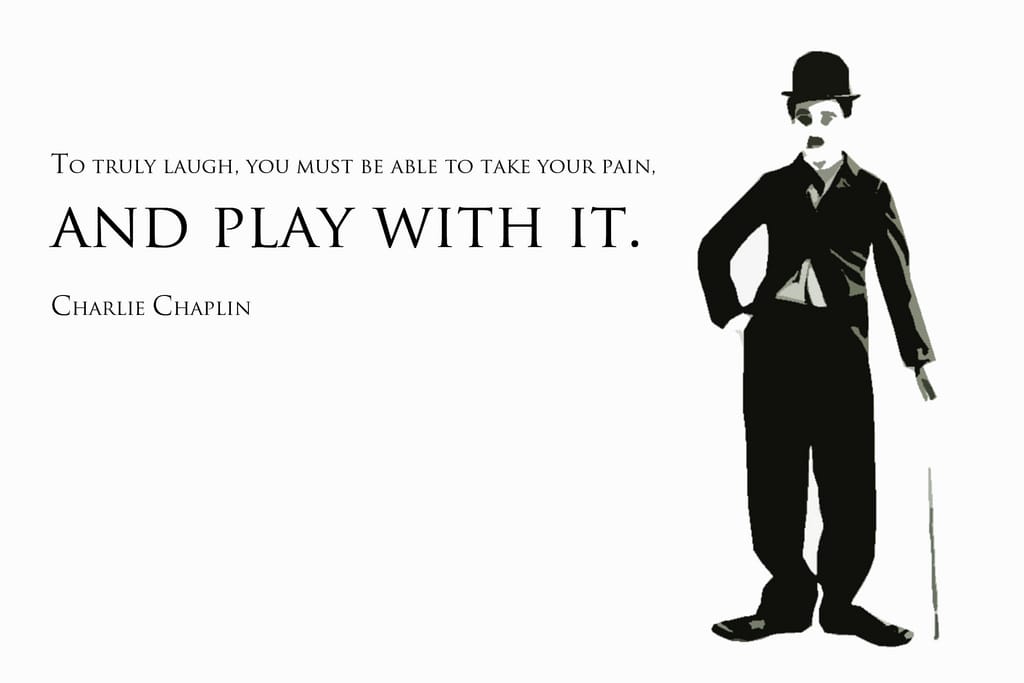
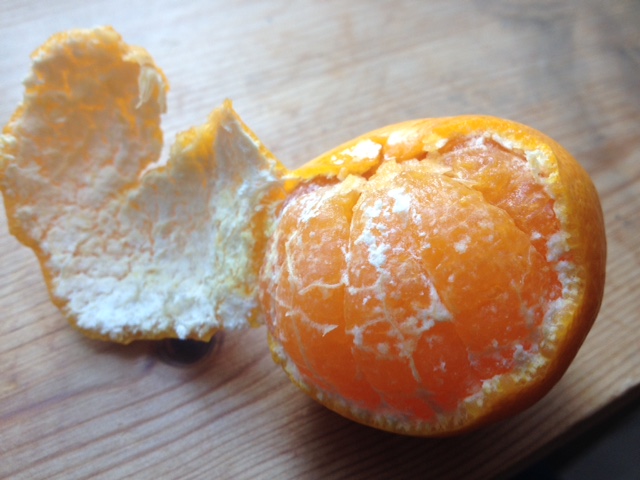
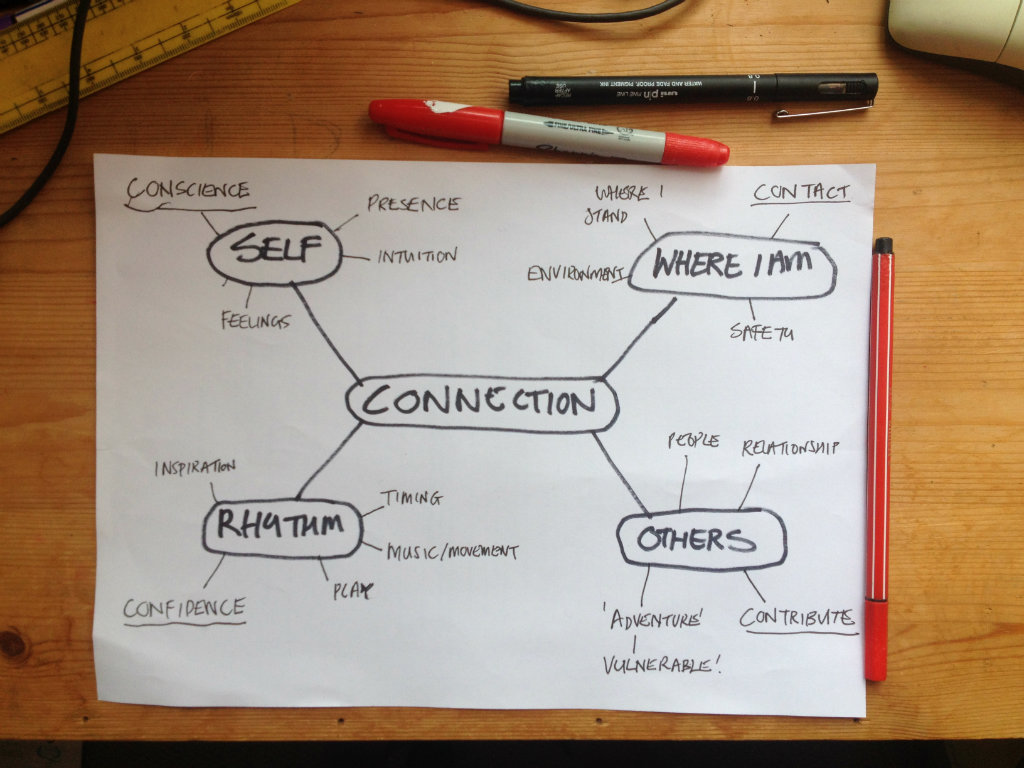
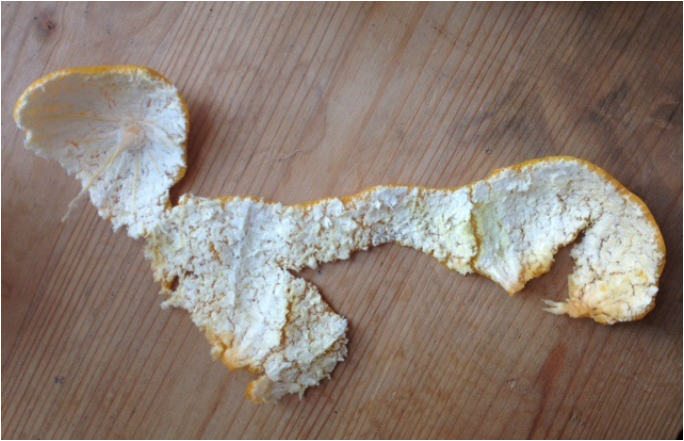
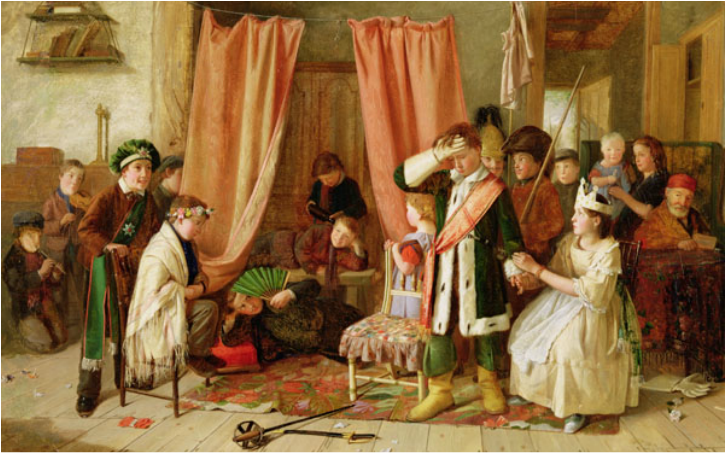
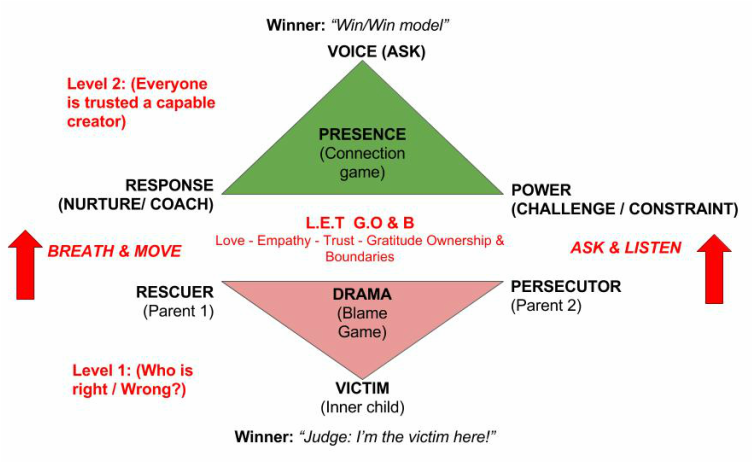
 RSS Feed
RSS Feed